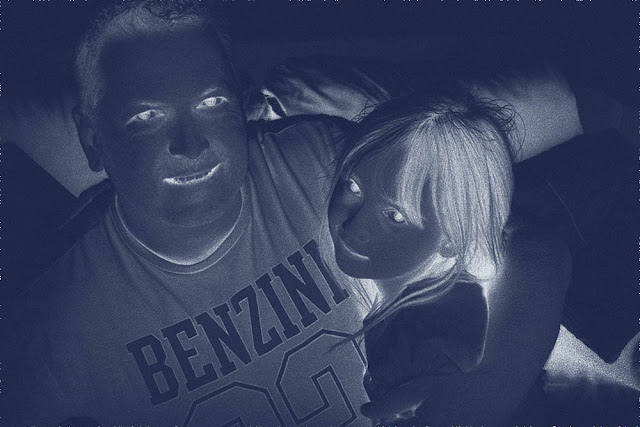Part 2 - Exercise 2.3 - Family Album and its iconography
For this exercise we are asked to produce a piece of work that either explores the family album and its iconography or reflects on representations of the self in digital culture.
In your exercise for this section, you’ll produce a piece of work that either explores the family album and its iconography or reflects on representations of the self in digital culture.
Do ONE of the following: 1. Produce a series of six photographs (these can be photomontage, staged photography, work using found images, work including images from your own family archives, etc.) which reference the family album in some way.
OR
2. Produce a series of six photo-based self-portraits that use digital montage techniques to explore different aspect of your identity.
Produce a 500-word blog post outlining your working methods and the research behind your final submission. (Whose work did you study in preparation for this exercise? Why did you choose the techniques that you did and how effective do you think your choices have been, for example?)
I have selected to produce a set of 6 images based on images taken as part of my family album
Image 1
Image 2
Image 3
Image 4
Image 5
Image 6
In your exercise for this section, you’ll produce a piece of work that either explores the family album and its iconography or reflects on representations of the self in digital culture.
Do ONE of the following: 1. Produce a series of six photographs (these can be photomontage, staged photography, work using found images, work including images from your own family archives, etc.) which reference the family album in some way.
OR
2. Produce a series of six photo-based self-portraits that use digital montage techniques to explore different aspect of your identity.
Produce a 500-word blog post outlining your working methods and the research behind your final submission. (Whose work did you study in preparation for this exercise? Why did you choose the techniques that you did and how effective do you think your choices have been, for example?)
I have selected to produce a set of 6 images based on images taken as part of my family album
Image 1
Image 2
Image 3
Image 4
Image 5
Image 6
It is
interesting that as part of the switch from film photography to digital
photography we have forgotten about the negative. The actual image as taken has
been captured on film and beyond the ability of many people it has been
processed and enabled a print to be made from it. Digital photography will now
capture the image as a series of 0’s and 1’s that can be processed in camera or
with a digital processing application which is within the ability of most
people.
The family
album will contain images of ourselves, our partners, our children. They serve
to remind us of a memory, hopefully a happy time. The moment has been captured,
it cannot be returned to, least until time travel is made a possibility. We can
look back at these images and remember how we used to look, reflect on what we
have become. Depending on how far back the image was taken there will likely be
some kind of connection, a facial feature, the way we smile that can be compared
and recognised between our younger and our older selves.
However if we
convert these old images from the family album into a negative and then view
the negative would we recognise ourselves, our partners or our children? Often
in portraits, family album images if we obtained a focus on the eyes when we
look back at the images we can be drawn into the person. When the image is
inverted, the dark pupil is converted into a white, light pupil that becomes
something ethereal and maintains our connection with image. Will we recognise
these images as our younger selves, do we retain the connection between our
younger and older selves or has it been broken?
I have taken
some inspiration from photographic artists such as Vibeke Tandberg who may
include images of physical elements of the locality in which they took the
image and combine. I have done this in reverse and stripped out elements within
historic family images and then completely inverted them.
In my experimentation
of how best to do this I found using a 3rd party software filter
that with which I can converts the images to mono, and then to antique plate I
could slightly sterilise the images and remove their warmth and comfort. At
this point facial recognition is still possible of the younger self but by
inverting the image to look like a negative the brain is left struggling to
understand what the image is about yet in the final portrait styled images the
connection with the subject’s eyes appears to have become much stronger and the
viewer drawn in.
This is a
concept which I would like to explore much more. The 6 images include my
children, my partner and myself at various points and I believe explores the
family album in an iconic way where we have lost something in the final images
of our younger selves.








Comments
Post a Comment